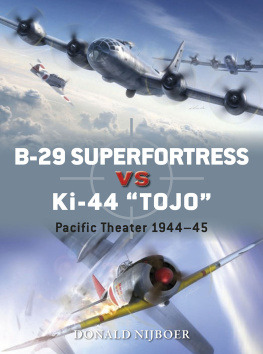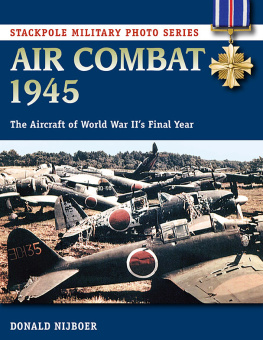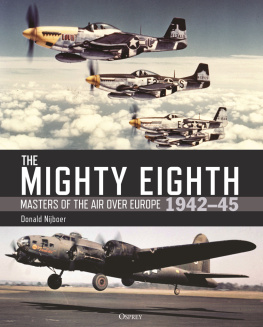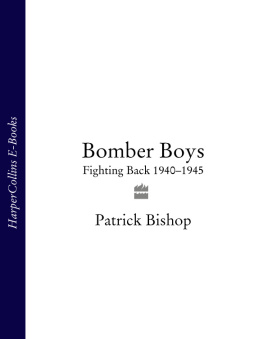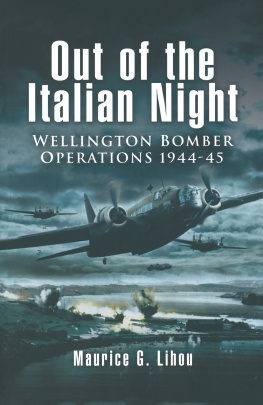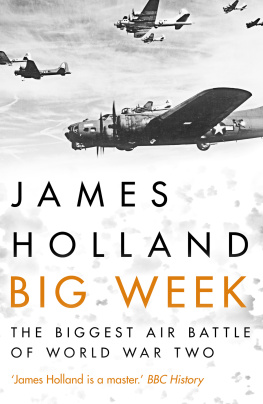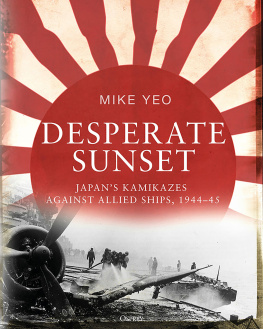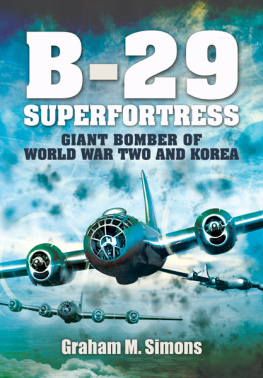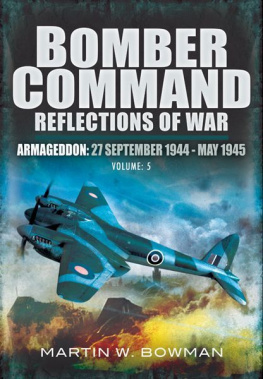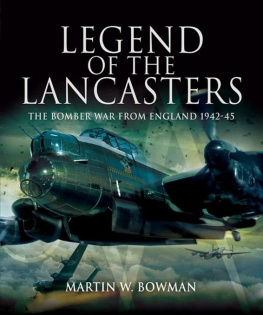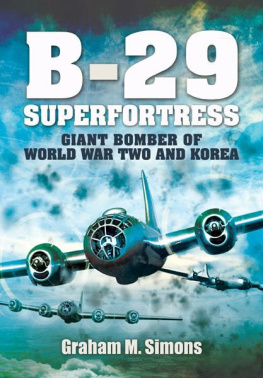INTRODUCTION
Every day our fighters went up to slash at the B-29s, and every day we achieved spectacularly littlesuccess.
Japanese ace Saburo Sakai
The Japanese knew the mighty B-29 was coming. Prior to its first flight Japanese intelligence had managed to gather a wealth of information on the new bomber, identifying some of the B-29s salient features. It had mid-mounted wings, four engines, and a total weight of 120,000lb (empty, the aircraft weighed 74,500lb). Bomb load was estimated at 20,000lb, with a defensive armament of ten or 12 0.50-cal machine guns and a single 20mm cannon. Astonishingly, the Japanese also concluded that the new B-29 would be pressurized as well, with an operational ceiling of close to 32,000ft and a top speed of almost 360mph. It was a remarkable assessment.
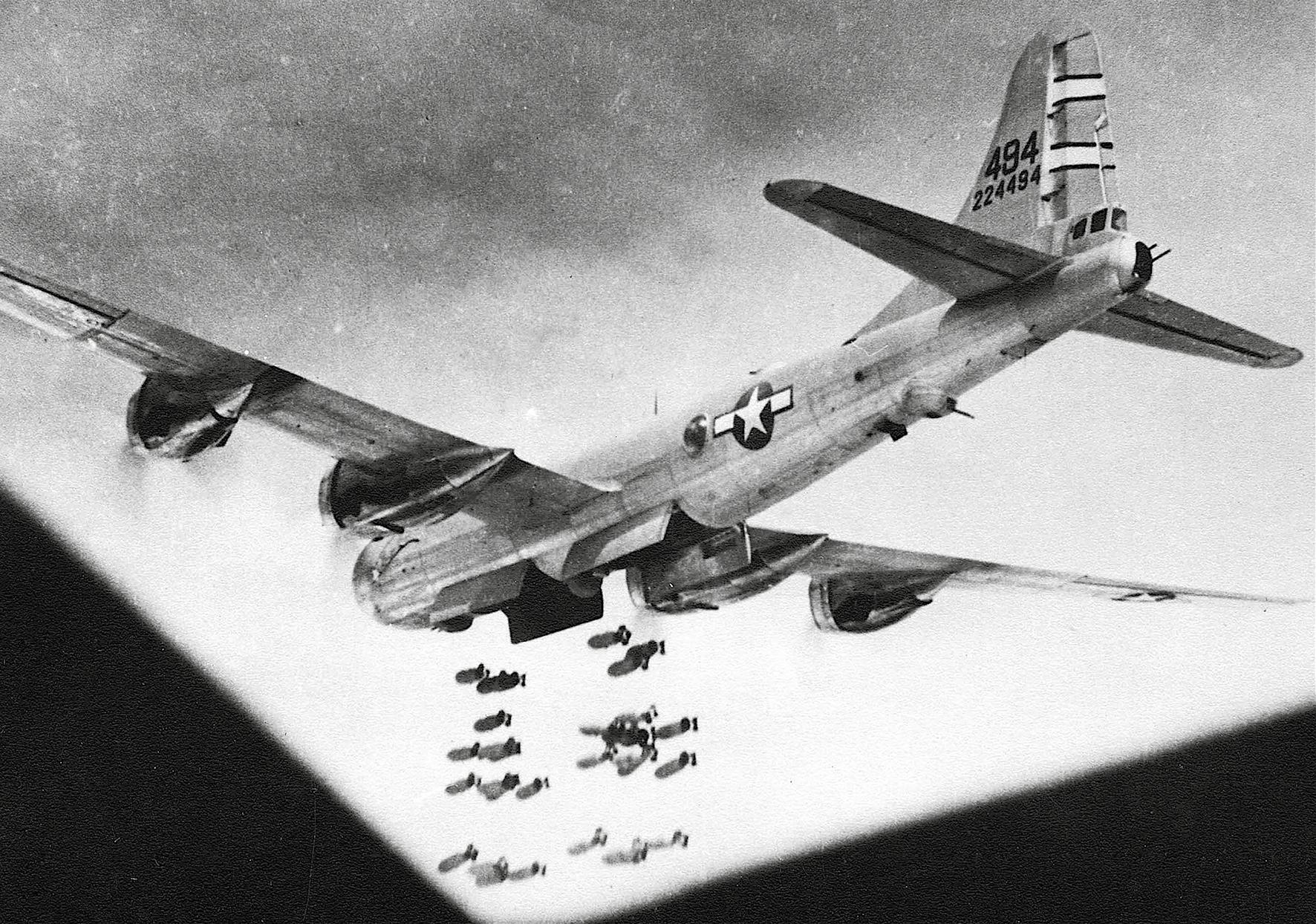
B-29 42-24494 MARY ANN of the 792nd BS/468th BG releases its load of AN-M64 500lb high-explosive bombs on Hatto, Formosa, on October 18, 1944. The AN-M64 was the standard general purpose (GP) bomb carried by the B-29, with between 50 and 55 percent of the weapons weight being high explosive. MARY ANN overshot the runway on June 17, 1945 and was written off. (National Museum of the USAF)
Their response to this highly accurate information was mystifying. Knowing what the Allies were prepared to do to win the war (the USAAF and RAF bombing campaign in Europe was well publicized), they did remarkably little to prepare a robust defense of the Home Islands. There was no crash program to modify existing fighters for high altitude flight. Like the majority of Japanese single-seat fighters, the Nakajima Ki-44 was equipped with a two-speed single stage supercharger. Japans lack of two stage superchargers and the low displacement of its aircraft engines proved disastrous. The appearance of the B-29 forced the Japanese to develop fighters equipped with a turbo supercharger. The Nakajima Ki-87 and Tachikawa Ki-94, designed from the outset to intercept the B-29, appeared far too late. The Ki-87 failed to enter production and the Ki-94 never flew.
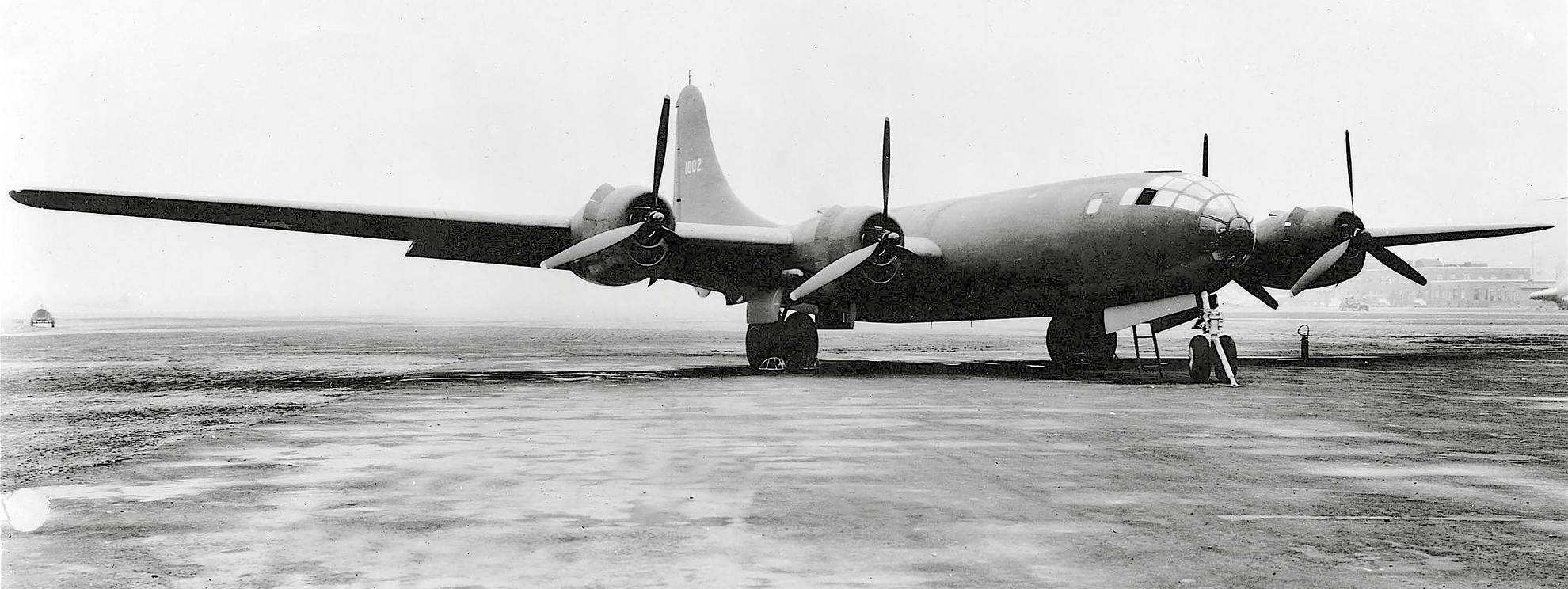
Painted in the standard USAAF heavy bomber olive drab and grey camouflage of the period, 41-002 was the first of three XB-29s prototypes built by Boeing. Fitted with three-bladed propellers, the prototype lacked any turrets or tail guns. After initial taxi trials and a few brief test hops, the aircrafts first proper flight took place on September 21, 1942. (National Museum of the USAF)
Fighter armament also remained worryingly light. The most numerous Japanese Army Air Force (JAAF) single-engined fighter, the Nakajima Ki-43-II, was armed with just two Ho-103 Type 1 12.7mm machine guns. This weapon was very similar in design to the classic Browning M-2 0.50-cal machine gun. Early experience with the rugged and well-armed and armored B-17 Flying Fortress and B-24 Liberator showed just how difficult they were to shoot down. Initial armament for the Ki-44-Ia was two Type 89 7.7mm and two Ho-103 12.7mm machine guns. What was needed was a well-armed fighter (fitted with at least four 20mm cannon) capable of high-altitude flight.
At the time of its introduction, the Boeing B-29 Superfortress was a truly awe-inspiring sight. Streamlined and powerful, it was an aircraft of purposeful design and inspiration. With a wingspan of 141ft and length of 99ft, the aircraft was considerably larger than its predecessor, the B-17. It would also be the most expensive weapons system developed during the war, costing in excess of $3 billion, which was about $1 billion more than the atomic bomb project. Finally, it was a bomber of many firsts. The worlds first to be fully pressurized, the B-29 was powered by the largest piston engines built during the war. It also boasted the most advanced computer-aided remote controlled turret fire control system in existence.
In September 1942, when the first B-29 took to the air, the Nakajima Ki-44 Shoki attained limited production, with 40 Ki-44-Is and 83 Ki-44-IIs produced by the end of that year. Most were assigned to homeland defense squadrons and the Akeno Army Flying School. The Ki-44 represented a major departure from earlier Japanese fighter designs. Running almost in parallel with the Nakajima Type 1 single-seat light fighter, which became the Ki-43 Hayabusa, the Ki-44 was designed from the outset as a heavy fighter. Before war broke out both the JAAF and Imperial Japanese Naval Air Force (IJNAF) placed an emphasis on fighter agility and maneuverability. This design philosophy came at a price. While both of their principal fighters (the Ki-43 and the A6M2 Zero-sen) were extremely nimble, they carried no armor plate or self-sealing fuel tanks. Allied pilots quickly found that the Ki-43 and A6M2 caught fire after being hit by only a short burst of 0.50-cal machine gun fire.
The Ki-44 would be different. Powered by a Nakajima Ha-41 engine developing 1,250hp, the new fighter was to have a maximum speed in excess of 372mph at 13,000ft, a range of 746 miles and the ability to reach 16,500ft in less than five minutes. Early armament consisted of two 7.7mm Type 89 and two 12.7mm Ho-103 machine guns. Equipped with pilot armor plate and self-sealing fuel tanks, it would prove to be one of the fastest climbing Japanese fighters of the war.
While well recognized as one of the most famous bombers of World War II, the B-29 did not emerge from the production line and into combat service without a long period of technical gestation. When the prototype XB-29 went aloft for the first time on September 21, 1942, very few imagined it would take another 21 months to make it close to combat ready. Technical problems with the Wright R-3350-23 Cyclone 18 twin row turbocharged radial piston engine would dog the B-29 until the end of the war. Indeed, more Superfortresses would be lost due to mechanical failure, malfunction, and reasons unknown than to enemy action. The R-3350 would prove to be the B-29s Achilles heel.
Overheating and engine fires were common. To save weight and improve performance the R-3350 was equipped with a magnesium crankcase. While very strong, it was, unfortunately, flammable, and once it caught fire it was almost impossible to put out. For B-29 crews, takeoff was the most critical phase, and the most frightening. An overloaded Superfortress required full power from all four engines. Nursing a fully loaded B-29 down a hot, humid runway required intense concentration by the flight engineer. If one engine caught fire, quit or dropped slightly in power the aircraft invariably crashed. Tail gunner Andy Doty of the 19th Bomb Group (BG) recalled, Among the saddest sights to be seen by departing crews as they took off was the flaming wreckage of a bomber below them at the end of the runway. Consequently, early combat operations did not instill a great deal of confidence in the B-29. Many crews began to fear their own aircraft more than enemy fighters and flak.
The B-29s principal technological advancement centered on its ability to travel very far with a heavy bomb load. But it was its defensive armament that proved truly revolutionary, the bomber being fitted with four General Electric (GE) remote controlled turrets and a single tail turret. Using computerized gunsights, gunners were now capable of tracking incoming fighters with greater accuracy. All four turrets and the tail position were linked by five electromechanical computers that automatically corrected for ballistics, parallax, and lead position once the bullets arrived at their destination. They also allowed for one gunner to control multiple turrets at the same time. But, for all its promise, the new Central Fire Control (CFC) system could not keep the Japanese fighters at bay. Like the R-3350 engine, the CFC system would also be plagued by mechanical glitches and failures.

